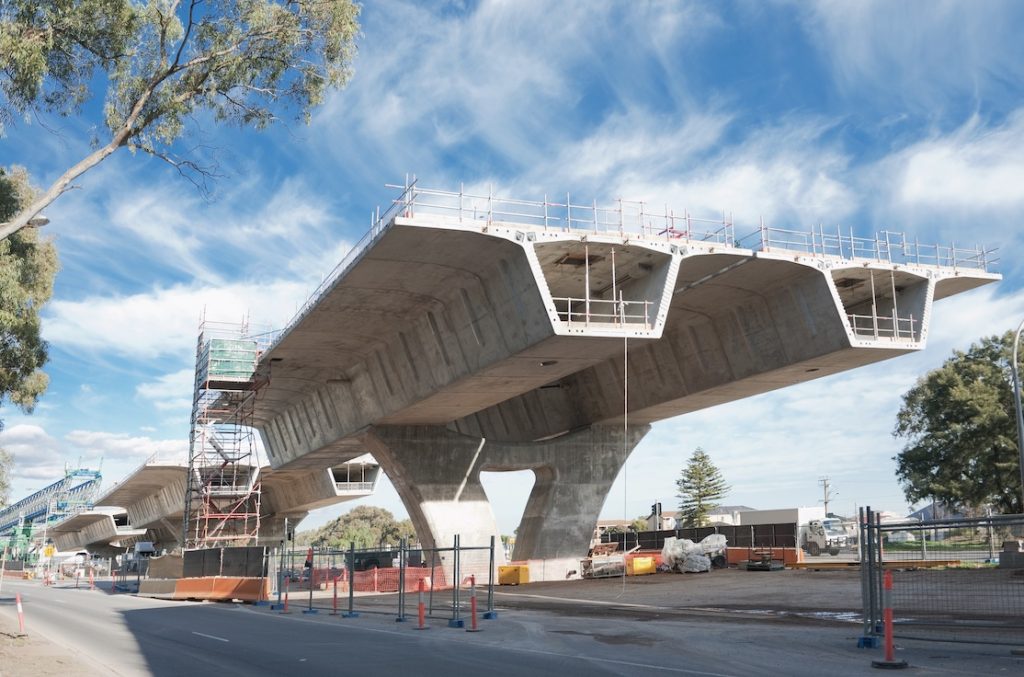
The following post is courtesy of Diane Harrison who is principal and owner of Panegyric Marketing, a strategic marketing communications firm founded in 2002 specializing in alternative assets.
As 2023 unfolds, persistent worries over tightening monetary policy to combat inflation have investors concerned. While infrastructure investing has historically been a sector that provided resilience in the face of market volatility, the manner in which it does has been changing, and a new way of thinking is taking shape when focusing on the infrastructure landscape.
In an online article last August, Infrastructure Will Never Be The Same, by McKinsey & Company, the consulting firm stated: ‘…the asset class is changing—and investors need to change with it. Revolutions in energy, mobility, and digitization are introducing new dynamics to existing infrastructure investments that previously appeared almost impervious to change.
Entire fuel sources are under pressure, and maturing network technology, combined with large-scale social changes such as the acceptance of remote working, have moved some digital assets down the risk spectrum. Investors need to understand which categories assets belong to today.’
WHY A DAVID OVER GOLIATH PERSEPECTIVE MAKES SENSE TODAY
The focus on infrastructure is a well-covered one in the investment community, and this topic in no way seeks to encapsulate all the nuances of its investment outlook for 2023. Rather, I’d like to merely suggest that, for many investors, finding an investment opportunity that seeks to capitalize on a slice of the infrastructure pie through a niche focus or specialist approach might be an intriguing alternative asset option to consider.
In this sector, while infrastructure earnings are largely attributed to returns which are regulated, protected by contractual terms, and hence somewhat inflation-protected, there still exists an opportunity to further enhance the attractiveness of this sector through an active investing perspective. Active infrastructure investing seeks to identify likely over-performers in the areas of energy, technology, and utilities, all of which are undergoing sea changes in terms of future investment and development.
Second only to private equity as an alternative asset most sought after by investors, the areas within infrastructure of particular interest include energy renewables and digital players. Because these areas are undergoing such rapid changes, it is crucial to find investment professionals who are highly focused on their areas of expertise and are able to translate this knowledge into investment action within a fund structure that makes sense for LPs.
NARROWING THAT FOCUS WHILE KEEPING OPTIONS OPEN
So where might a niche manager or specialist see greater opportunities to achieve results in 2023? McKinsey’s article suggests that: Many next-generation investments are self-evident, such as electric-vehicle (EV) charging networks, battery storage, hydrogen distribution, and smart motorway and rail technology, 5G telecom networks, and data centers. These assets offer many of the characteristics that infrastructure investors look for: real assets, protected market positions, and the potential to generate stable cash yields. However, to get exposure to these new asset classes, investors will have to accept a period of significant investment and negative cash flow, along with development, technology, and commercial risks.
A recent investment insight report by CBRE Investment Management: All Roads Lead To Infrastructure: An Outlook For Investors, made some interesting summary statements about the attractive nature of infrastructure in 2023:
With an experienced partner at the helm, investors can count on infrastructure to provide a compelling component to their alternative portfolio this year and into the future.


Leave a Reply